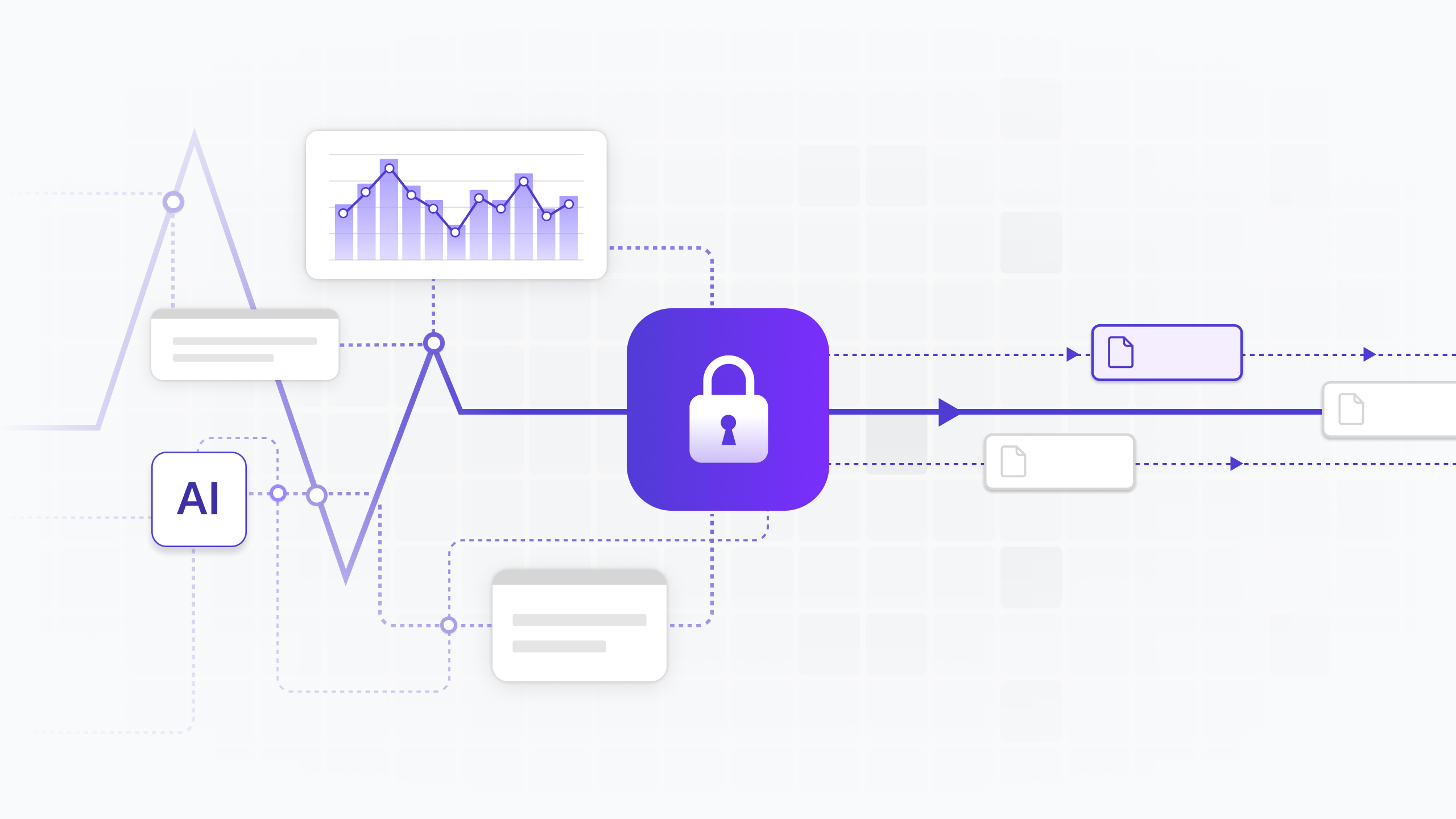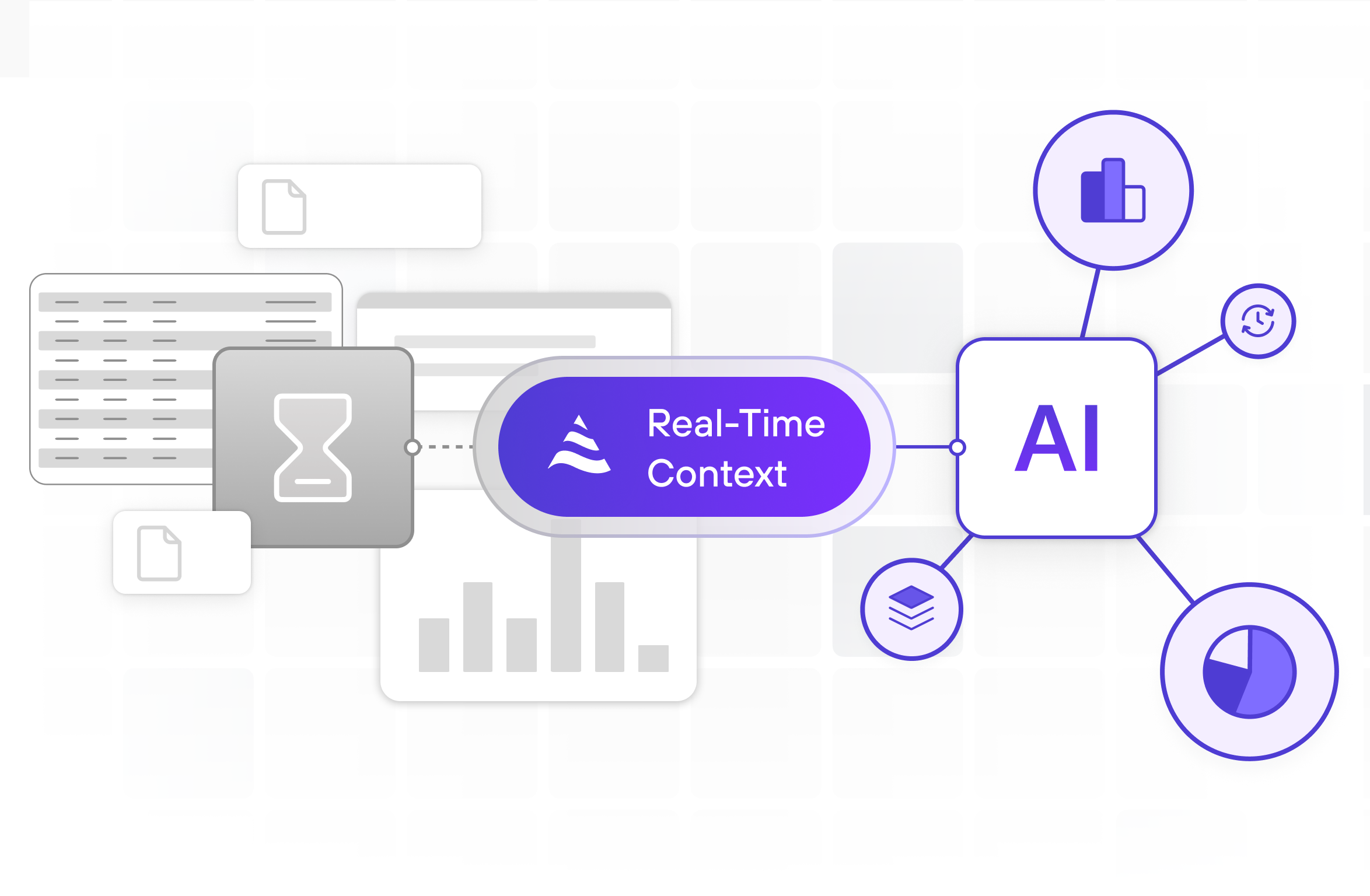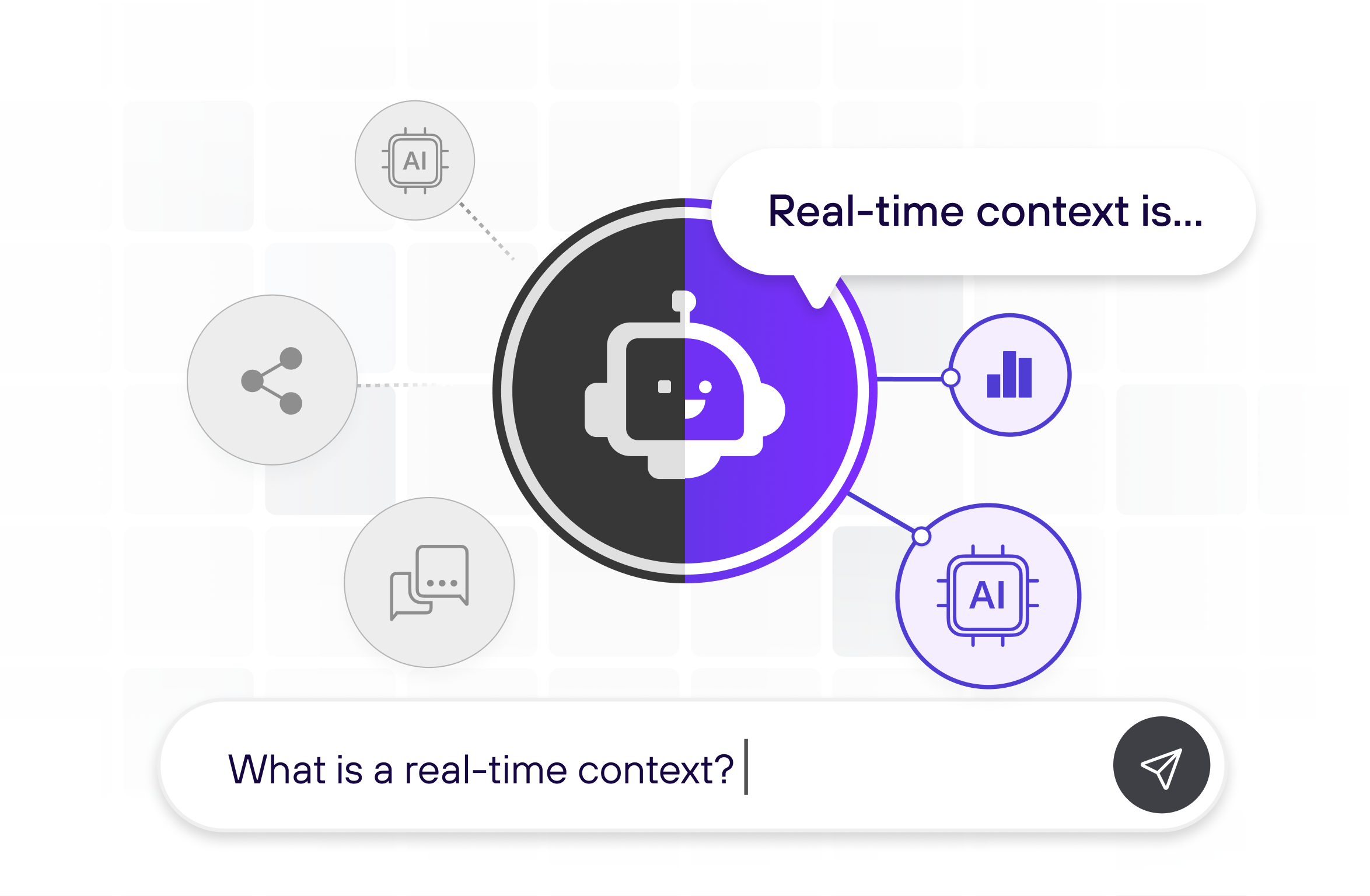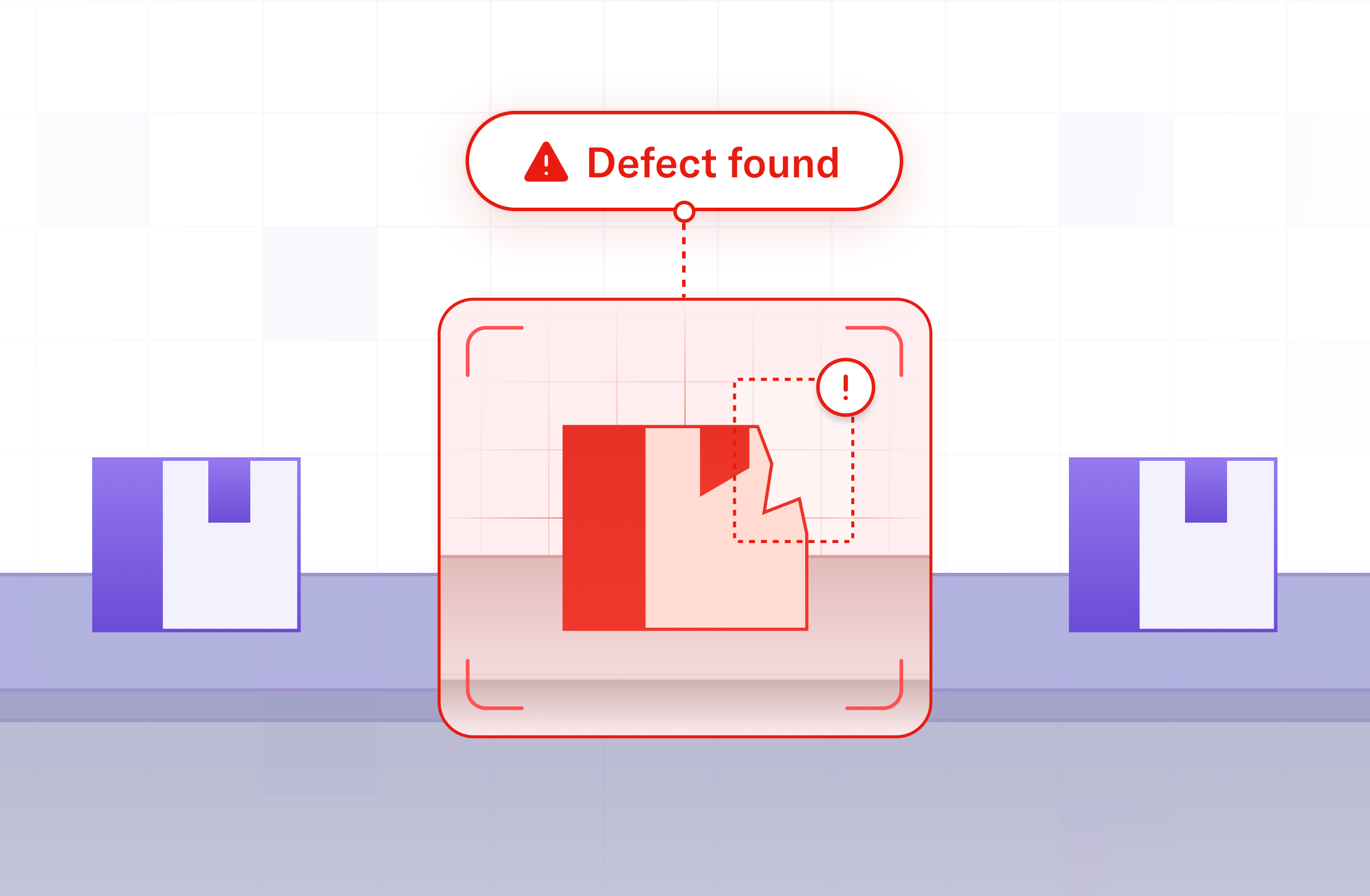29 Jul 2025
Min Read
From Chaos to Clarity: Building an AI-Powered Security Pipeline with DeltaStream and GenAI
In the world of cybersecurity, time is the most critical asset. A Security Operations Center (SOC) analyst's day is a race against the clock, sifting through a relentless flood of alerts from dozens of different tools. An anomalous login from Okta, a suspicious file download from Zscaler, a malware detection from CrowdStrike—are they related? By the time an analyst manually connects these dots, an attacker could already be deep inside the network.

What if we could automate this entire process? What if we could build a real-time pipeline that not only correlates these disparate events but also uses Generative AI to understand them, summarize them, and tell us exactly how critical they are?
Using DeltaStream, we can build exactly that. Let's walk through how to create a real-time inference pipeline that transforms raw security logs into AI-triaged, actionable intelligence.
The Architecture: A Unified Stream Processing Pipeline
Our goal is to take three separate event streams and turn them into one high-fidelity alert stream.
- Data Sources: We'll simulate logs from Okta (identity), Zscaler (network), and CrowdStrike (endpoint), each feeding into its own Kafka topic.
- Real-Time Correlation: Using DeltaStream, we'll ingest these streams and join them in real-time to create a single, correlated event that represents a potential incident.
- AI-Powered Triage: For each correlated incident, we will call a Generative AI model directly from our SQL query to get a human-readable summary and a priority level.
Step 1: Correlating Events in Real-Time
The first step is to find the signal in the noise. We use DeltaStream's powerful stream-to-stream join capabilities to look for a specific sequence of events: a suspicious login, followed by a file download, followed by a malware detection, all from the same user within a 5-minute window.
The correlated_security_incidents stream does exactly this, producing a single, enriched record that contains all the relevant details from the three source systems.
Step 2: Prompt Engineering Directly in SQL
This is where the magic happens. With our correlated data stream, we can now "talk" to our AI model. We need to give the model all the context it needs to make an informed decision. Instead of complex code, we can construct our prompt directly within our SQL statement.
This is the core of our AI integration, taken directly from the ai_triaged_alerts stream definition:
Here, we are doing several powerful things at once:
- Dynamic Prompt Generation: For every single event in our
correlated_security_incidentsstream, we dynamically construct a new, detailed prompt. - Contextualization: We provide the AI with all the critical data points we joined together—the user, the IP, the country, the malware name, and more.
- Instruction Tuning: We give the model clear instructions on what we need: a JSON object with a
summaryand apriority. This ensures we get a structured, predictable response that our downstream systems can parse.
Step 3: Parsing the AI's Response
The call_gemini_explainer UDF returns a JSON string. We use the built-in JSON_VALUE function to easily extract the summary and priority fields from this response. The final stream, ai_triaged_alerts, contains not just the raw data, but the AI's expert analysis appended to every event.
The Result: From Three Noisy Logs to One Actionable Insight
Before:
- Okta:
user [email protected] logged in from Nigeria (IP: 81.22.45.101) - Zscaler:
user [email protected] downloaded evil.exe - CrowdStrike:
CRITICAL malware Generic.Malware.SHeur detected on host for [email protected]
After (a single record in the ai_triaged_alerts stream):
- user_email:
[email protected] - summary:
"A user logged in from a high-risk country (Nigeria) and downloaded a file that was immediately identified as critical malware by the EDR system, which blocked the execution." - priority:
"CRITICAL"
We have successfully built an autonomous, real-time inference pipeline. This isn't just about saving time; it's about fundamentally changing the security paradigm. We can reduce Mean Time to Respond (MTTR) from hours to seconds, eliminate analyst fatigue, and empower even junior team members to act on high-fidelity, pre-triaged alerts. This is the future of the autonomous SOC, built today.
This blog was written by the author with assistance from AI to help with outlining, drafting, or editing.



